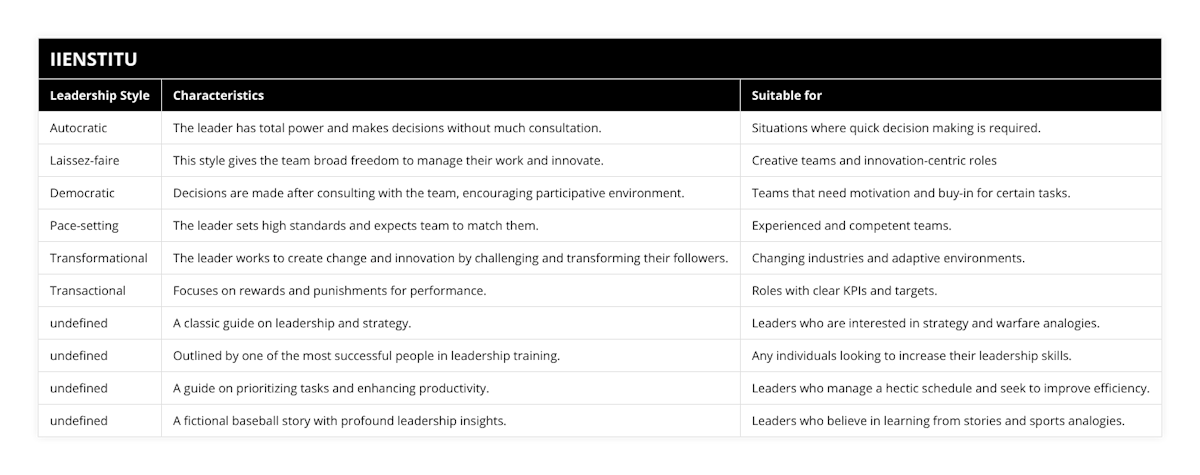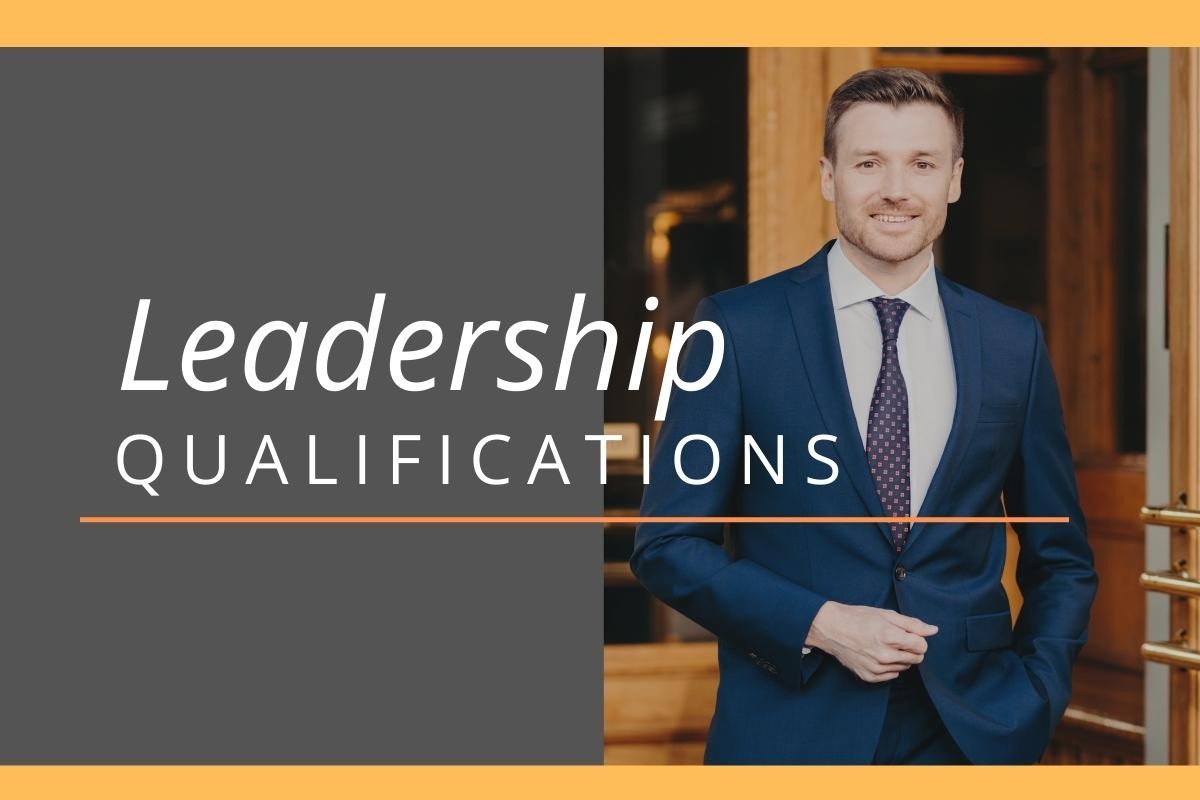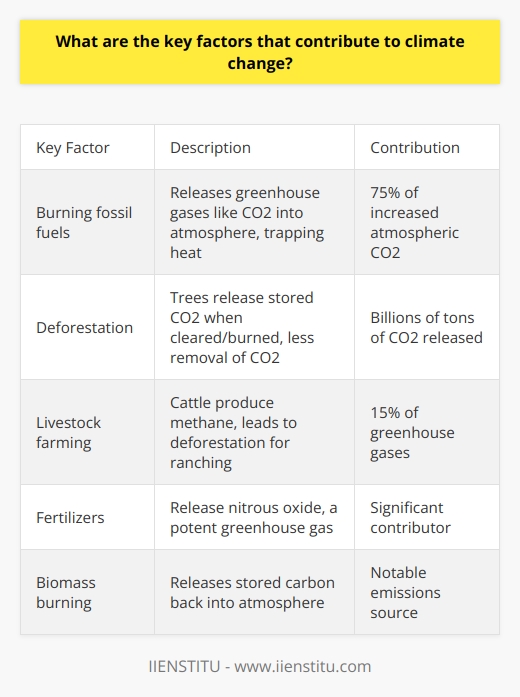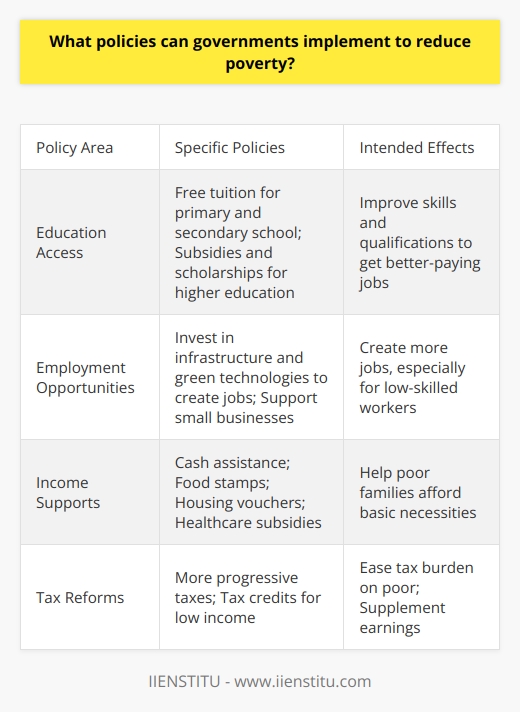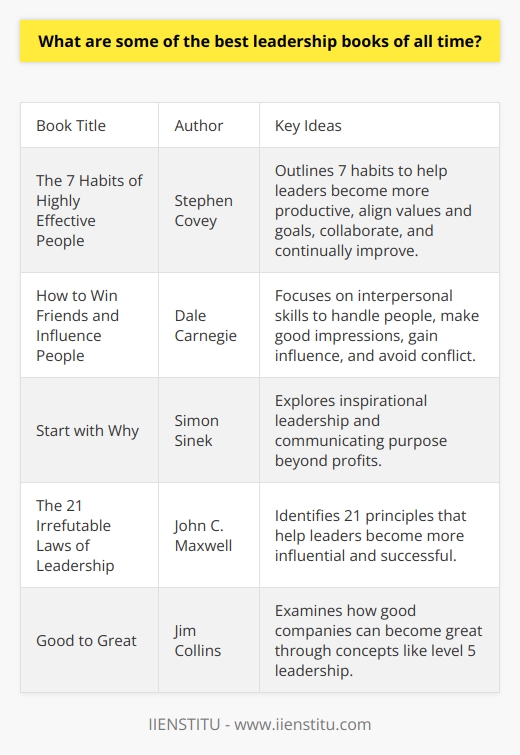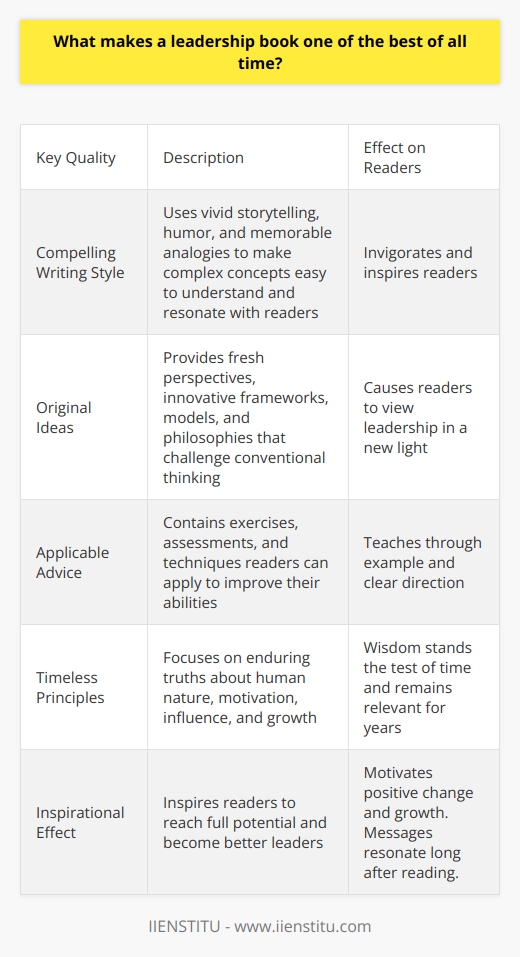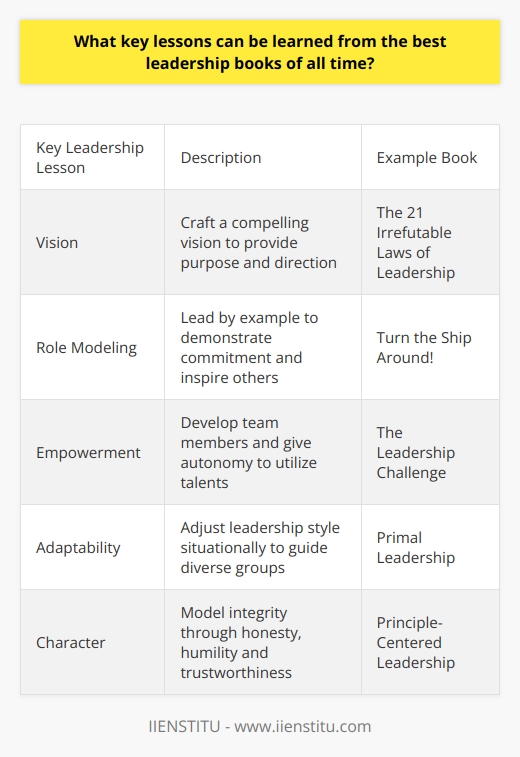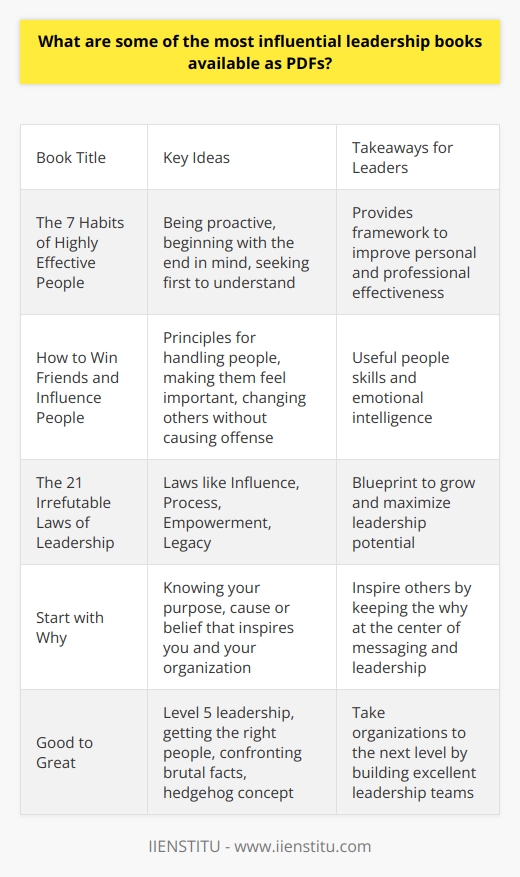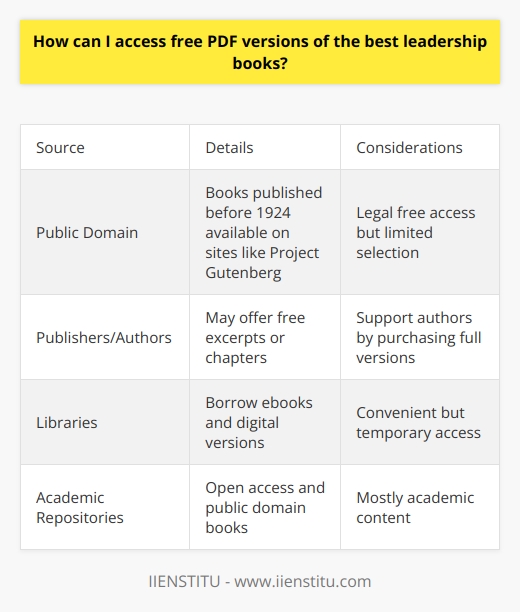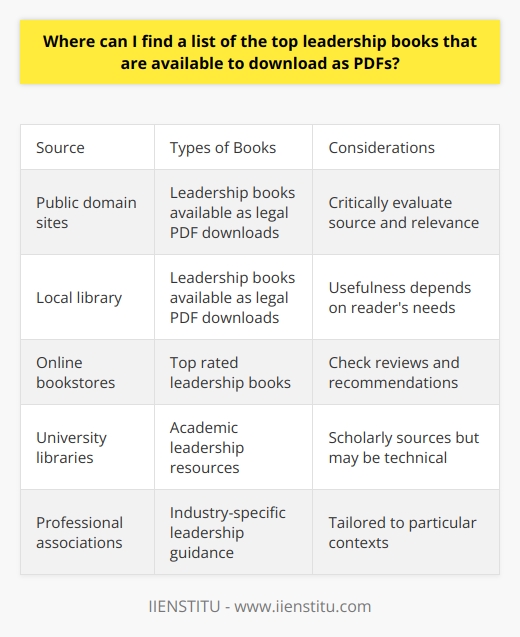There are many different leadership styles, but leadership can personalize the best ones to suit the individual needs of the leader and follower.
The manager-employee relationship is essential and produces substantial results for both parties involved. An effective company requires great teamwork amongst employees to achieve success. There must be a leader to guide and direct the others on every team. This individual needs to have a leadership style that is effective and efficient while also adapting to the specific needs of their followers.
What Are Leadership Styles?
There are many different leadership styles, but some are more popular than others. The most common ones are autocratic, laissez-faire, democratic, and pacesetting. In addition, the leader's overall management style may be either transformational or transactional.
Transformational Leadership
Transformational leadership occurs when a manager wants their employee to develop a new perspective on work-related issues by challenging them to think for themselves. An excellent example of this would be if the manager had to come up with a new company policy created by their employee.
Transactional Leadership
On the other hand, transactional leadership occurs when the leader is more concerned with getting work done on time and correctly. It's based on rewards and punishments, which are given if specific job requirements are met or not met accordingly. For example, if an employee is working overtime, they may be issued a bonus.
Whichever leadership style a manager chooses to use, it's essential that they tailor it specifically to their followers. Not all employees are the same, so a one-size-fits-all approach will not work. A democratic leader, for example, who gives their employees a lot of freedom and choice, may not be effective with a team of employees who are used to being given specific instructions. On the other hand, a transactional leader who relies on punishments and rewards may not be as successful with a team of highly motivated employees.
Leaders can customize the best leadership styles to fit the individual needs of the leader and their followers. The most common types are autocratic, laissez-faire, democratic and pacesetting. In addition, a good leader can continuously adapt their overall management style as a whole to suit both themselves and those around them.
The manager-employee relationship is essential and produces substantial results for both parties involved. An effective company requires great teamwork amongst employees to achieve success. There must be a leader to guide and direct the others on every team. This individual needs to have a leadership style that is effective and efficient while also adapting to the specific needs of their followers.
What Are Leadership Books?
Being a good leader is essential to understand what makes a successful one. Leadership books are the perfect way to learn about different techniques and strategies that can help you lead your team to success.
There are various leadership books available, so you can find one that fits your unique style and personality. In addition, many leadership books focus on a particular area of expertise, such as communication or teamwork.
Different leadership books can help you understand specific strategies that you can use to be a better leader. Learning the details of what makes a good leader will allow you to take control and guide your team towards success.
If you're interested in learning more about what makes good leaders and how you can be one, it's a good idea to start reading leadership books. There are many different types of books available that focus on various aspects of leadership, and each book will help you learn something new.
Leadership Book Recommendations
If you are looking for books to help increase your skills as a leader, here are some recommendations:
The Art of War - Sun Tzu: It's a classic book on leadership and strategy. It is still relevant today, more than 2,500 years after it was written.
The 17 Indisputable Laws of Leadership - John C. Maxwell: It's a good read for those looking to increase their leadership skills. It's written by one of the most successful people in leadership training, so you know it's going to be good.
The One Thing - Gary Keller: Writer gives some great advice on prioritizing your tasks and getting more done each day. This is a helpful book for those in leadership positions or who generally lead busy lives. It will help you figure out how to do more with your available time.
Shoeless Joe - W.P Kinsella: It is a baseball story that has some valuable insights on how to increase your leadership skills when working with others. It will teach you how to work with people to achieve goals.
These are just a few of the many excellent books on leadership. If you want to become a better leader, any readers would be a perfect place to start. So pick up a book and get started! You won't regret it.
Beneficial Questions About Leadership:
What is your favorite leadership book, and why would you recommend it?
What is the best advice on leadership that has been given to you this past year?
What are some ways I can make a difference as a leader in the workplace?
